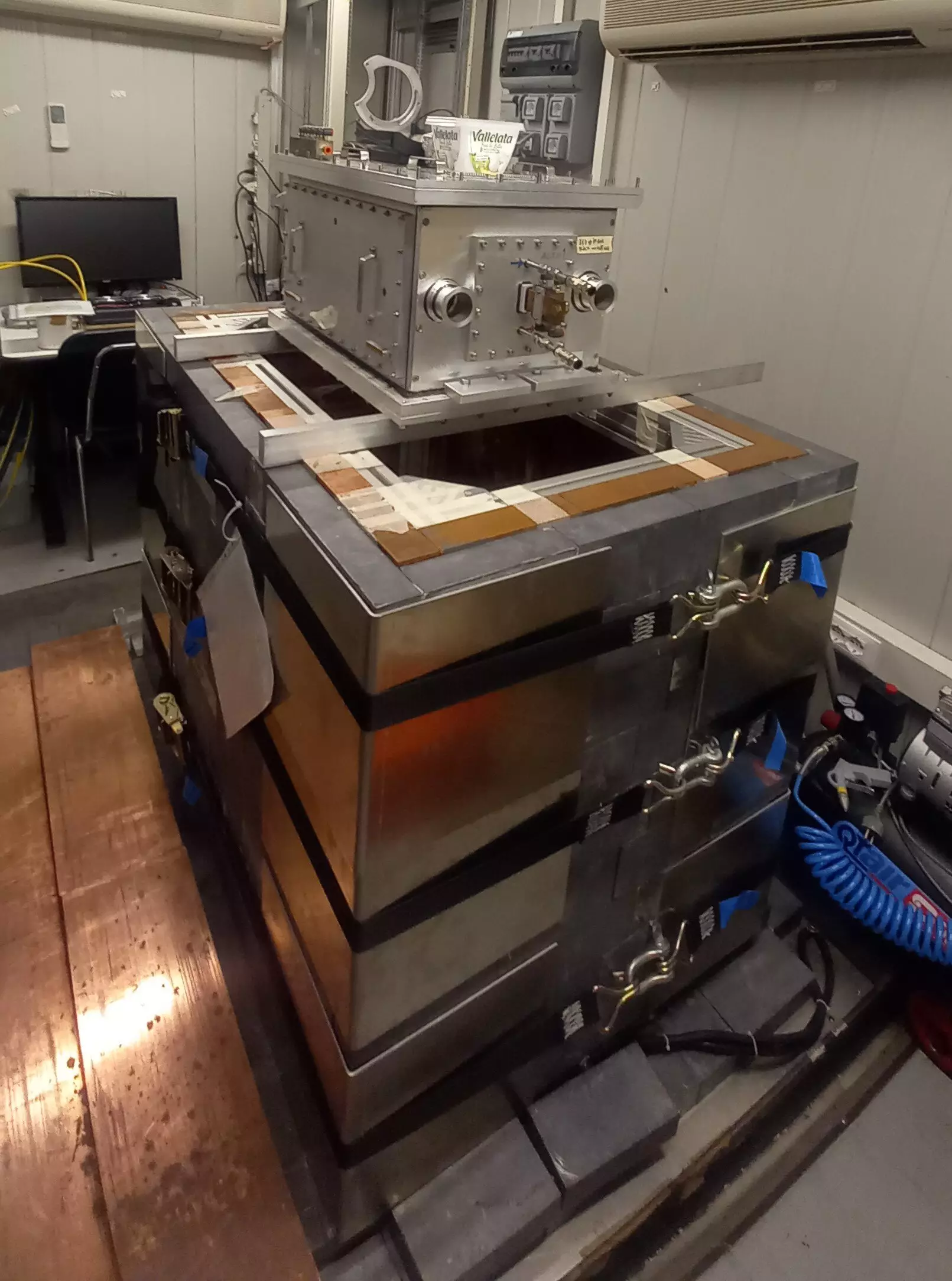The peculiar characteristics of the quantum realm often seem to defy our intuitive understanding of reality. Among the myriad of perplexities in quantum mechanics, one philosophical thought experiment frequently comes to mind: Schrödinger’s cat—a hypothetical feline that exists as both alive and dead until an observer intervenes. While such a scenario highlights fundamental questions about observation and reality in quantum theory, it remains an abstraction without physical counterparts in our macroscopic world. Notably, large objects like cats, people, or houses do not exhibit quantum weirdness, raising questions about why this discrepancy exists. Recently, an international cadre of scientists has proposed innovative experimental approaches designed to probe alternative theories to standard quantum mechanics, potentially shedding light on this enigma.
Standard quantum mechanics postulates that particles can exist in superposition states, where they occupy multiple properties simultaneously. For instance, a radioactive atom can be described as both decayed and undecayed. This concept culminates in the Schrödinger’s cat analogy: if an atom’s decay triggers a lethal mechanism, the cat exists in a state of life and death until the box is opened, collapsing the superposition into one definitive state. Experimental evidence has demonstrated superposition in objects as sizeable as a sapphire crystal weighing 16 micrograms, hinting at the pervasiveness of quantum behavior. However, real-world observations betray our expectations; large systems appear to behave in alignment with classical physics, evoking the so-called “measurement problem” in quantum mechanics—why does a wavefunction collapse upon observation?
Physicists have avowed an array of theories attempting to resolve the measurement problem. Notably, “quantum collapse models” stand out as intriguing alternatives to traditional quantum theory. These frameworks suggest that physical processes could instigate wavefunction collapse at differing rates depending on a system’s size. Catalina Curceanu, a nuclear and quantum physicist involved in this research, emphasizes that such variants may trigger observable phenomena absent in standard quantum mechanics. Among the families of collapse models, two classifications emerge: Continuous Spontaneous Localization (CSL) models, which hinge on an intrinsic random process that can occur independently of gravity; and Diòsi-Penrose models, which explicitly tie collapse to gravitational influences as conceptualized by prominent physicists Lajos Diòsi and Roger Penrose.
The allure of these collapse models lies in their potential to predict spontaneous high-energy gamma radiation during wavefunction collapse, which should be observable if the models hold water. Curceanu and her research teams have persistently sought conclusive evidence for this radiation, using sophisticated detection strategies. Their ongoing investigations have gradually refined the parameters defining the collapse models, allowing researchers to eliminate and constrain various possibilities through rigorous experimentation. As they furthered their work, Curceanu and her colleagues recently published findings in *Physical Review Letters* that delve into the characteristics of spontaneous electromagnetic radiation and its relation to atomic systems, particularly at lower energies in the X-ray region.
Intriguingly, the research indicates that spontaneous radiation varies not only across atomic species, but also in response to distinct collapse models—offering invaluable insights into the interaction of quantum systems and their governing frameworks. As Curceanu articulates, these observations have significant implications for the broader scientific narrative. Researchers at the LNGS-INFN underground laboratory in Italy are actively retooling their previous experiments to probe for emissions in the X-ray domain, aiming to connect spontaneous radiation phenomena with specific atomic structures. The implications of their findings could extend far beyond theoretical physics, with the potential to redefine our understanding of reality itself.
These revolutionary pursuits not only embolden our search for clarity regarding quantum mechanics but serve as a potent reminder of the ever-evolving nature of scientific inquiry. As these researchers explore the depths of the quantum enigma, they bring us closer to uncovering the fundamental mechanisms that underlie our universe, ultimately striving to harmonize the quantum realm with our classical experiences. As with any profound inquiry, the questions raised will likely lead to fresh explorations, generating an enduring cycle of discovery that will challenge and expand the frontiers of our comprehension of reality.


Leave a Reply